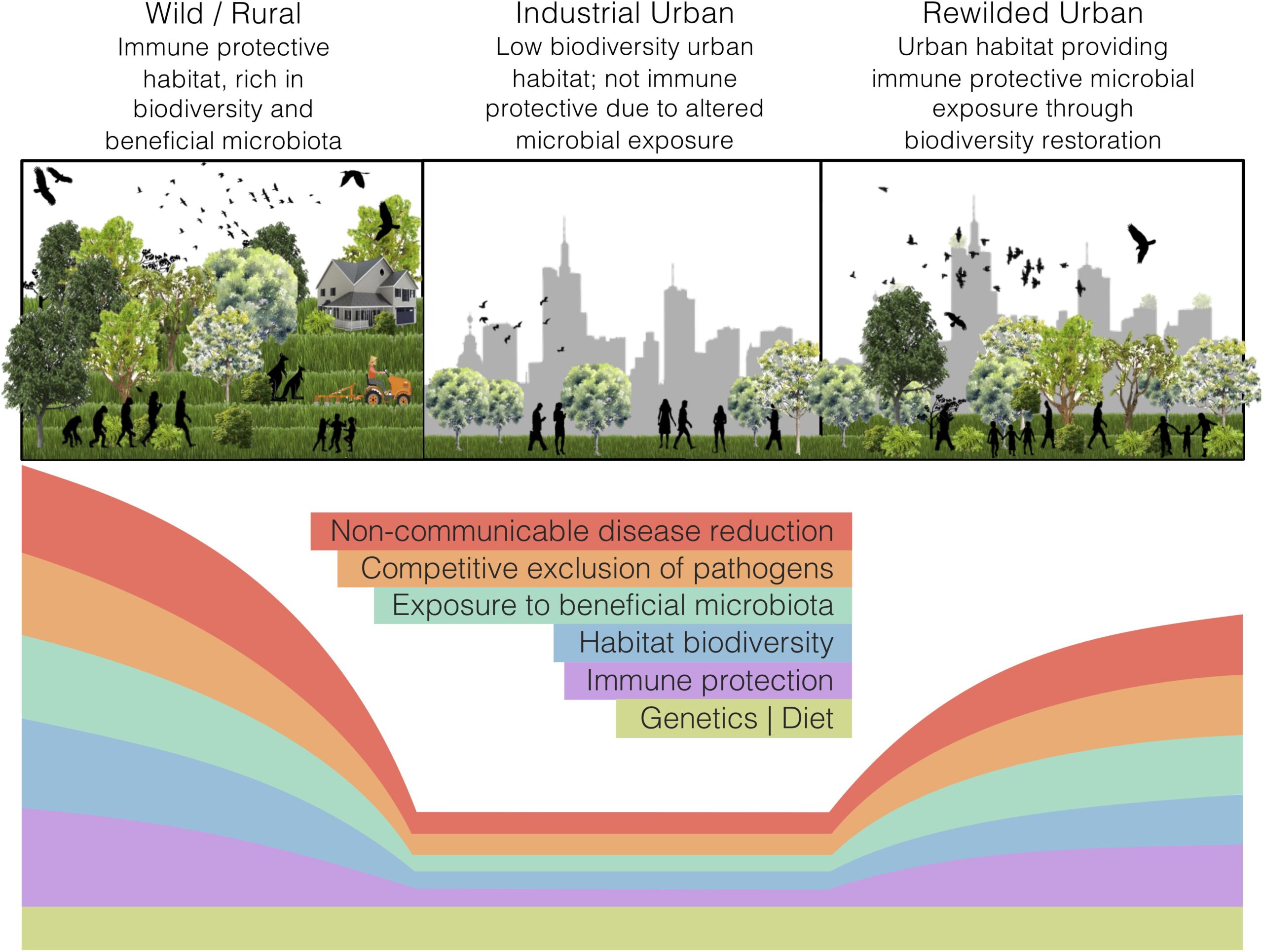Urban Biodiversity in Construction
Introduction
Urbanization is rapidly increasing, leading to the construction of more buildings and infrastructure. Unfortunately, this process often results in the destruction of natural habitats and the loss of biodiversity. However, there are ways to incorporate urban biodiversity into construction projects, promoting a healthier and more sustainable environment.
The Importance of Urban Biodiversity
Urban biodiversity plays a crucial role in maintaining ecosystem balance and providing various benefits to both humans and wildlife. It improves air quality, reduces noise pollution, mitigates the urban heat island effect, and enhances overall well-being. Therefore, it is essential to consider biodiversity in construction projects.
Green Roofs and Walls
One effective way to incorporate urban biodiversity is through the implementation of green roofs and walls. These features involve the use of vegetation on building surfaces, providing habitat for birds, insects, and other small animals. Green roofs and walls also help regulate indoor temperatures, reduce energy consumption, and improve air quality.
Creating Wildlife-Friendly Spaces
Another approach is to create wildlife-friendly spaces within urban areas. This can be achieved by incorporating native plants, trees, and shrubs that attract different species of birds, butterflies, and bees. The inclusion of water features, such as ponds or small streams, can also support aquatic life and act as a water source for other animals.
Best Practices for Construction
When planning and executing construction projects, there are several best practices to consider for promoting urban biodiversity:
1. Site Assessment
Conduct a thorough site assessment to identify any existing biodiversity and natural features. This information can help inform design decisions and minimize environmental impacts.
2. Preservation of Existing Habitat
Whenever possible, preserve existing habitats and incorporate them into the design. This could include leaving mature trees, protecting wetlands, or creating wildlife corridors between green spaces.
3. Use of Sustainable Materials
Opt for sustainable construction materials that have a lower environmental impact. This includes using recycled or locally sourced materials and implementing energy-efficient designs.
4. Minimize Disturbance
During construction, take measures to minimize disturbance to surrounding ecosystems. This can be achieved through proper waste management, sediment control, and implementing erosion prevention measures.
Conclusion
By incorporating urban biodiversity into construction projects, we can create more sustainable and environmentally friendly cities. Green roofs, wildlife-friendly spaces, and best practices during construction all contribute to a healthier ecosystem and improve the quality of life for both humans and wildlife.
